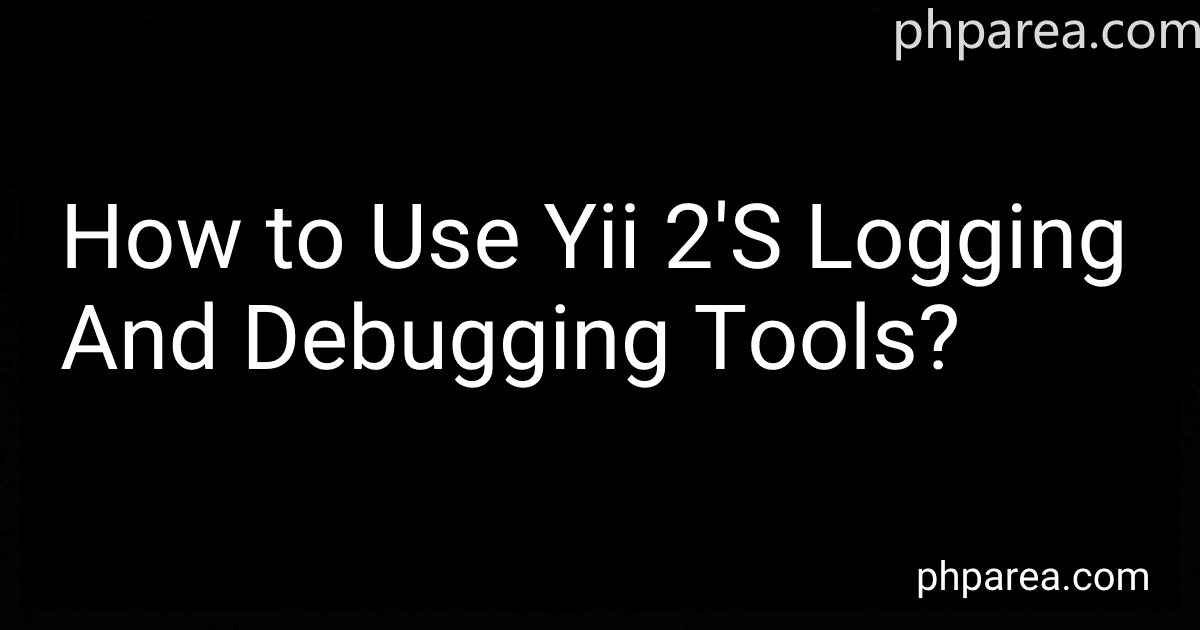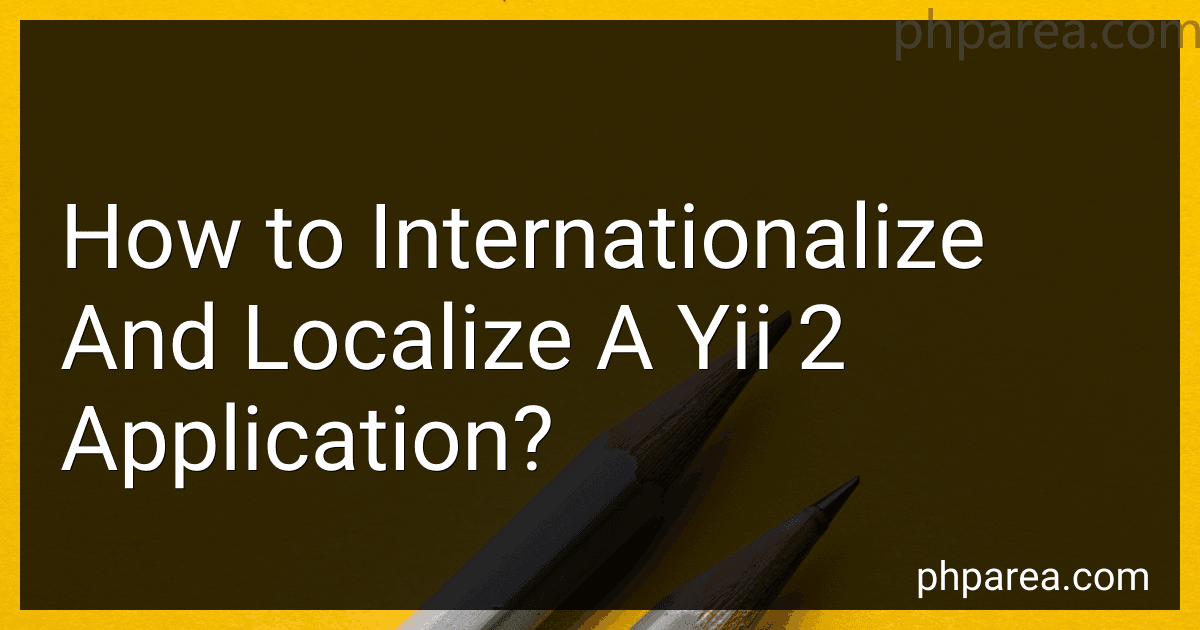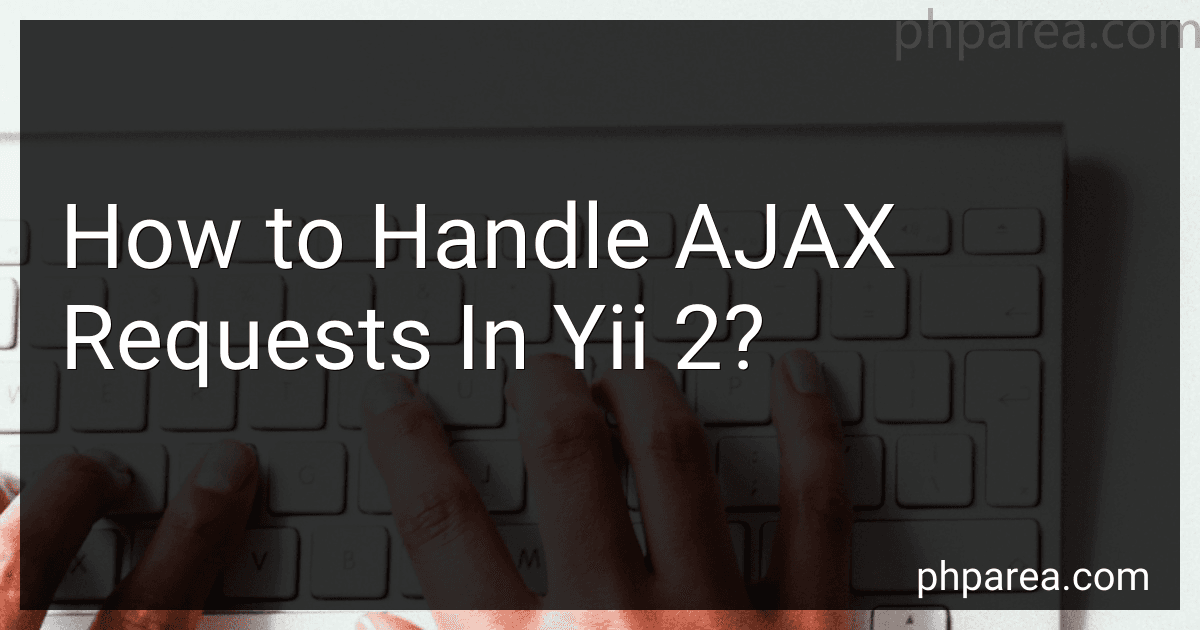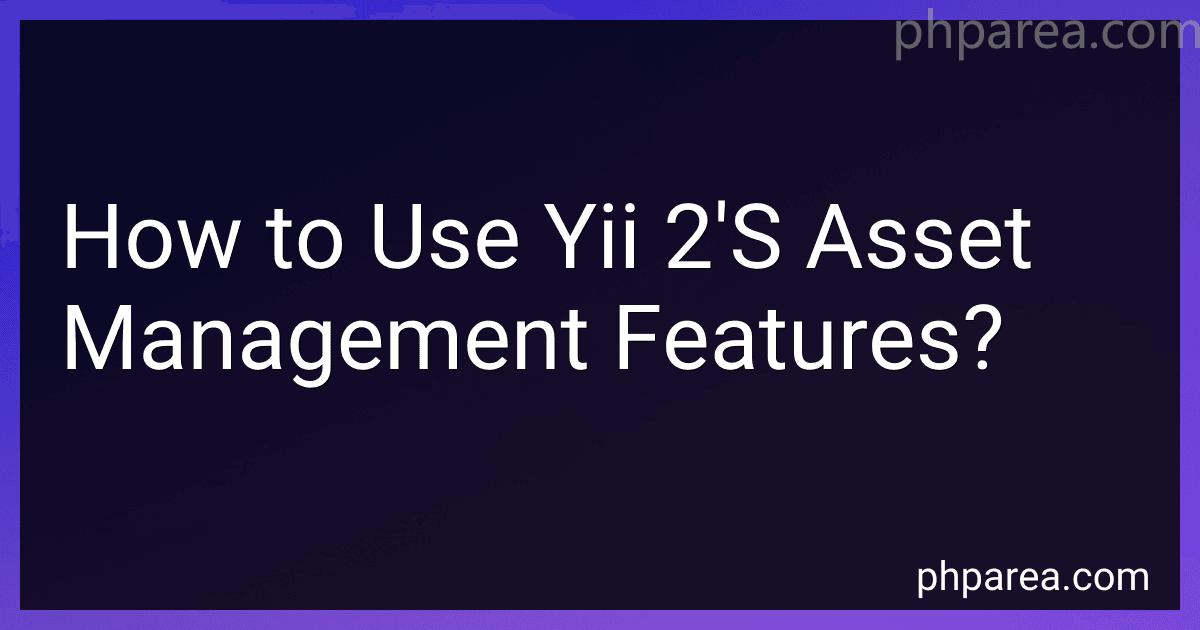Posts (page 111)
-
 5 min readTo set the value of a textarea in Symfony, you can make use of the FormBuilder or FormView object. Here is an example of how you can achieve this:First, you need to create a form using the FormBuilder object. This can be done in your controller or a form type class. use Symfony\Component\Form\Extension\Core\Type\TextareaType; use Symfony\Component\Form\FormBuilderInterface; // ...
5 min readTo set the value of a textarea in Symfony, you can make use of the FormBuilder or FormView object. Here is an example of how you can achieve this:First, you need to create a form using the FormBuilder object. This can be done in your controller or a form type class. use Symfony\Component\Form\Extension\Core\Type\TextareaType; use Symfony\Component\Form\FormBuilderInterface; // ...
-
 5 min readTo increase the multi-dimension of an array in TensorFlow, you can use various functions available within the TensorFlow library. Here are the steps you can follow:First, import the TensorFlow module: import tensorflow as tf Create a TensorFlow constant array with the desired dimensions: array = tf.constant([[1, 2], [3, 4]]) To increase the dimension of the array, you can use the tf.expand_dims() function.
5 min readTo increase the multi-dimension of an array in TensorFlow, you can use various functions available within the TensorFlow library. Here are the steps you can follow:First, import the TensorFlow module: import tensorflow as tf Create a TensorFlow constant array with the desired dimensions: array = tf.constant([[1, 2], [3, 4]]) To increase the dimension of the array, you can use the tf.expand_dims() function.
-
 12 min readTo upgrade Yii 2 to the latest version, you can follow these steps:Update Composer: Run the command composer self-update to update the Composer itself to the latest version. Update Yii Packages: Run the command composer global require "fxp/composer-asset-plugin:^1.4.1" to update the Composer asset plugin. Update Yii Core Packages: Update the Yii core packages by running the command composer update yiisoft/yii2 yiisoft/yii2-composer bower-asset/jquery.
12 min readTo upgrade Yii 2 to the latest version, you can follow these steps:Update Composer: Run the command composer self-update to update the Composer itself to the latest version. Update Yii Packages: Run the command composer global require "fxp/composer-asset-plugin:^1.4.1" to update the Composer asset plugin. Update Yii Core Packages: Update the Yii core packages by running the command composer update yiisoft/yii2 yiisoft/yii2-composer bower-asset/jquery.
-
 12 min readTo integrate third-party libraries or extensions in Yii 2, you need to follow a few steps:Download or install the third-party library or extension that you want to integrate into your Yii 2 project. This could be done through Composer, by adding the library or extension to your project's composer.json file and running the composer update command. Once the library or extension is installed, you need to configure Yii 2 to recognize and autoload its classes automatically. Open the config/web.
12 min readTo integrate third-party libraries or extensions in Yii 2, you need to follow a few steps:Download or install the third-party library or extension that you want to integrate into your Yii 2 project. This could be done through Composer, by adding the library or extension to your project's composer.json file and running the composer update command. Once the library or extension is installed, you need to configure Yii 2 to recognize and autoload its classes automatically. Open the config/web.
-
 11 min readError handling in Yii 2 is crucial for maintaining a robust and user-friendly application. Yii 2 provides a comprehensive error handling system that allows developers to handle different types of errors, such as application errors, HTTP errors, and exceptions.To implement and customize error handling in Yii 2, you can follow these steps:Error Display Settings: Yii 2 has a built-in mechanism to handle error display.
11 min readError handling in Yii 2 is crucial for maintaining a robust and user-friendly application. Yii 2 provides a comprehensive error handling system that allows developers to handle different types of errors, such as application errors, HTTP errors, and exceptions.To implement and customize error handling in Yii 2, you can follow these steps:Error Display Settings: Yii 2 has a built-in mechanism to handle error display.
-
 7 min readTo deploy a Yii 2 application to a production server, you need to follow the steps mentioned below:Prepare the server: Ensure that the server meets the requirements for hosting a Yii 2 application. This includes having PHP installed, necessary extensions enabled, and the required web server (such as Apache or Nginx) properly configured. Set up the server environment: Create a new directory on the server where you want to host the application.
7 min readTo deploy a Yii 2 application to a production server, you need to follow the steps mentioned below:Prepare the server: Ensure that the server meets the requirements for hosting a Yii 2 application. This includes having PHP installed, necessary extensions enabled, and the required web server (such as Apache or Nginx) properly configured. Set up the server environment: Create a new directory on the server where you want to host the application.
-
 8 min readYii 2, a popular PHP framework, provides powerful logging and debugging tools to help developers diagnose and fix issues during application development. These tools are essential for enhancing the quality and performance of your Yii 2 application.Logging in Yii 2 allows you to record events, errors, and other important information during the application's execution. The framework offers various logging targets, including files, emails, databases, and more.
8 min readYii 2, a popular PHP framework, provides powerful logging and debugging tools to help developers diagnose and fix issues during application development. These tools are essential for enhancing the quality and performance of your Yii 2 application.Logging in Yii 2 allows you to record events, errors, and other important information during the application's execution. The framework offers various logging targets, including files, emails, databases, and more.
-
 11 min readIn Yii 2, events provide a mechanism for implementing and handling event-driven functionalities in an application. Events allow you to define custom events and associated handlers, which are triggered by specific actions or conditions within the application.To implement and handle events in Yii 2, you can follow these steps:Registering an Event Handler: Identify the action or condition that will trigger the event. Create a function or method that will handle the event.
11 min readIn Yii 2, events provide a mechanism for implementing and handling event-driven functionalities in an application. Events allow you to define custom events and associated handlers, which are triggered by specific actions or conditions within the application.To implement and handle events in Yii 2, you can follow these steps:Registering an Event Handler: Identify the action or condition that will trigger the event. Create a function or method that will handle the event.
-
 7 min readInternationalization and localization are important aspects of developing a Yii 2 application that caters to a global audience. These processes involve adapting the application's content and functionality to different languages, cultures, and regions.To internationalize and localize a Yii 2 application, you need to follow certain steps. Firstly, you should enable the internationalization functionality in Yii by configuring the I18N component in the application's configuration file.
7 min readInternationalization and localization are important aspects of developing a Yii 2 application that caters to a global audience. These processes involve adapting the application's content and functionality to different languages, cultures, and regions.To internationalize and localize a Yii 2 application, you need to follow certain steps. Firstly, you should enable the internationalization functionality in Yii by configuring the I18N component in the application's configuration file.
-
 12 min readAJAX (Asynchronous JavaScript and XML) requests play a vital role in modern web development, allowing the communication between the browser and the server without the need to refresh the whole page. In Yii 2 framework, handling AJAX requests is straightforward and efficient.To handle AJAX requests in Yii 2, you can follow these steps:Create an action in your controller: Start by creating an action in your controller that will handle the AJAX request.
12 min readAJAX (Asynchronous JavaScript and XML) requests play a vital role in modern web development, allowing the communication between the browser and the server without the need to refresh the whole page. In Yii 2 framework, handling AJAX requests is straightforward and efficient.To handle AJAX requests in Yii 2, you can follow these steps:Create an action in your controller: Start by creating an action in your controller that will handle the AJAX request.
-
 12 min readYii 2 comes with a powerful asset management system that simplifies the process of managing and including assets, such as CSS, JavaScript, and image files, in your web application. The asset management features in Yii 2 provide an organized and efficient way to include and manage these assets.The first step in using Yii 2's asset management features is to define your asset bundles. An asset bundle is a collection of related assets that are grouped together.
12 min readYii 2 comes with a powerful asset management system that simplifies the process of managing and including assets, such as CSS, JavaScript, and image files, in your web application. The asset management features in Yii 2 provide an organized and efficient way to include and manage these assets.The first step in using Yii 2's asset management features is to define your asset bundles. An asset bundle is a collection of related assets that are grouped together.
-
 8 min readTo customize the Yii 2 theme or layout, you can follow these steps:Identify the theme or layout you want to customize. Yii 2 provides different themes and layouts that can be used in your application.Locate the theme or layout files in your Yii 2 application. Themes are usually stored in the "themes" folder, while layouts can be found in the "views/layouts" folder.Copy the theme or layout files you want to customize into your application's directory.
8 min readTo customize the Yii 2 theme or layout, you can follow these steps:Identify the theme or layout you want to customize. Yii 2 provides different themes and layouts that can be used in your application.Locate the theme or layout files in your Yii 2 application. Themes are usually stored in the "themes" folder, while layouts can be found in the "views/layouts" folder.Copy the theme or layout files you want to customize into your application's directory.